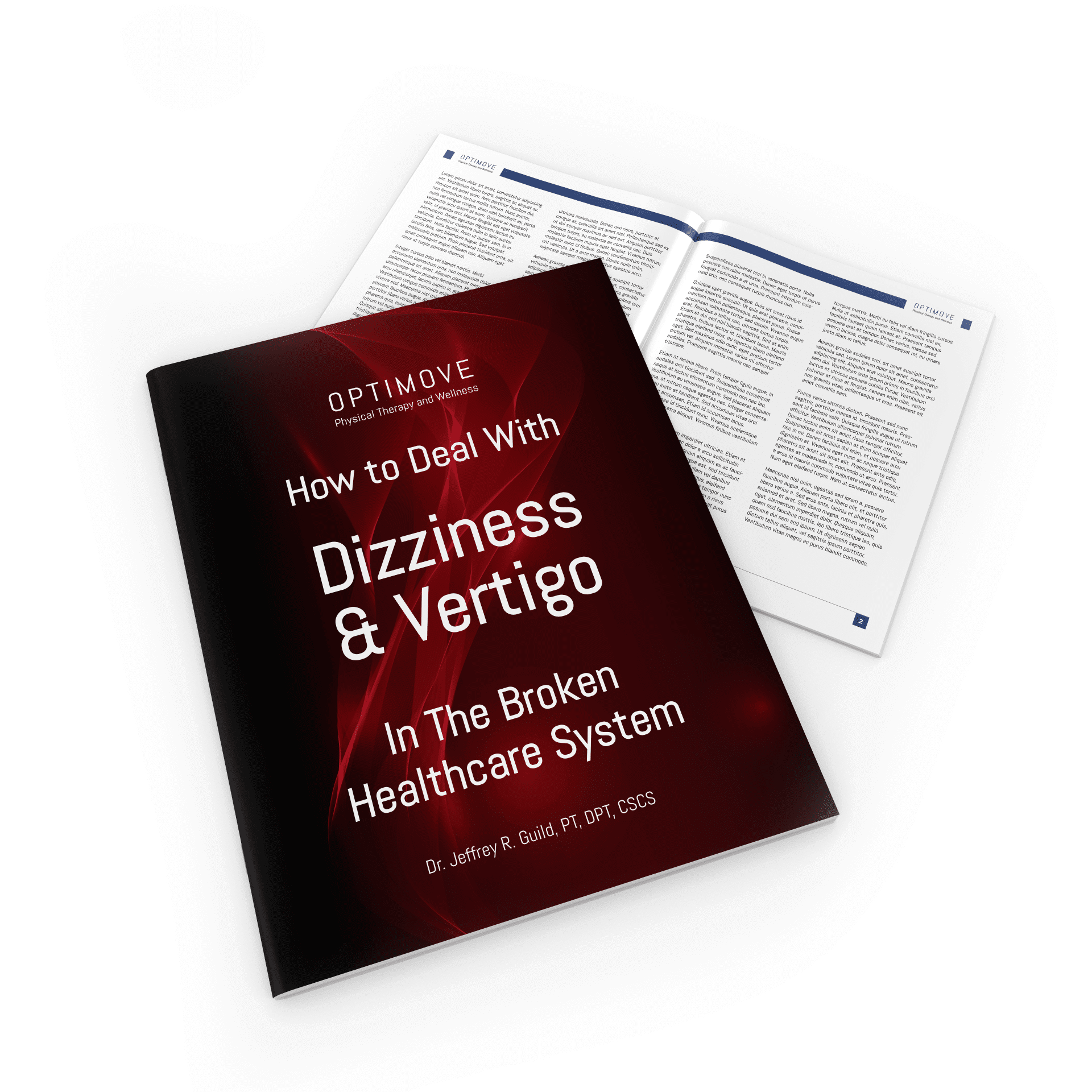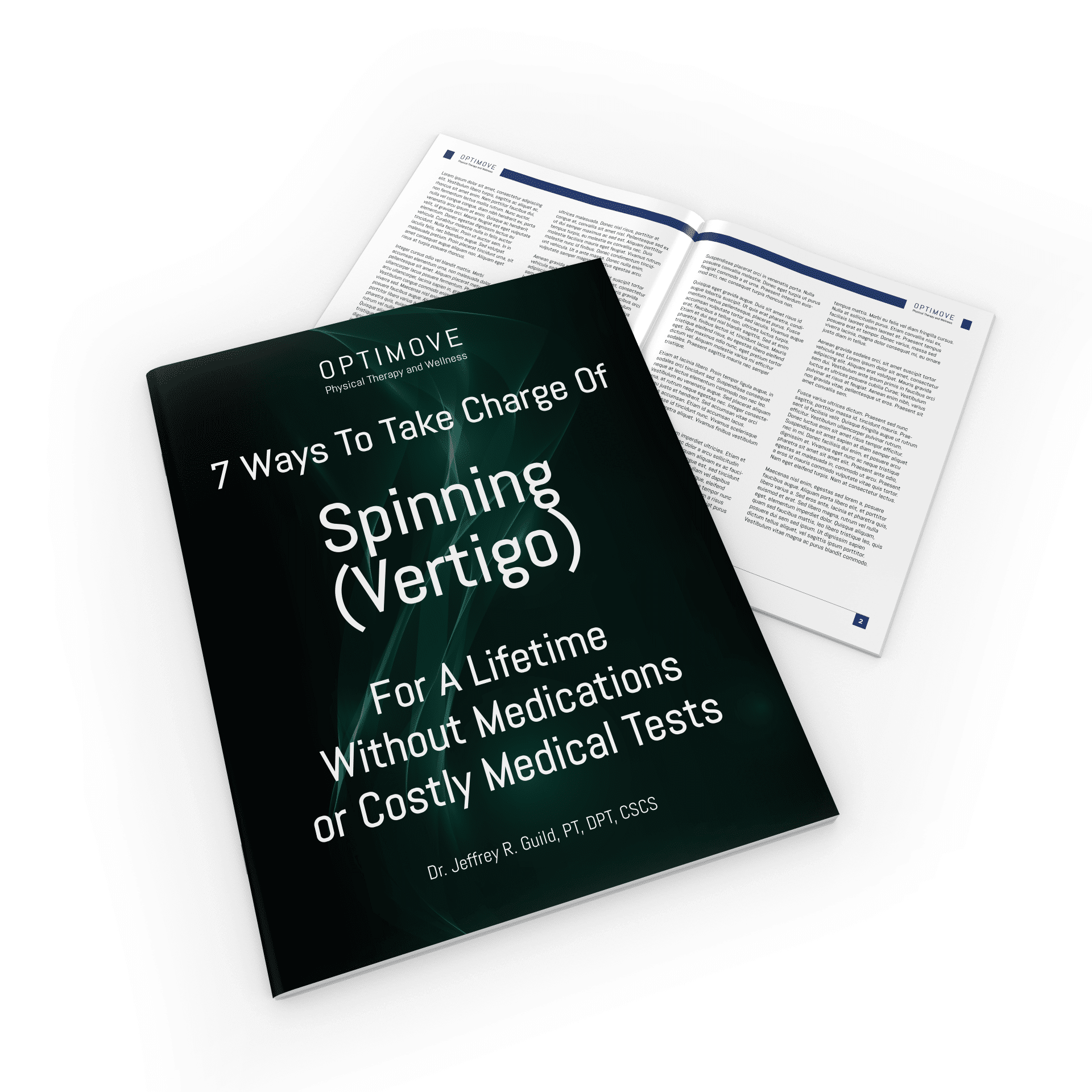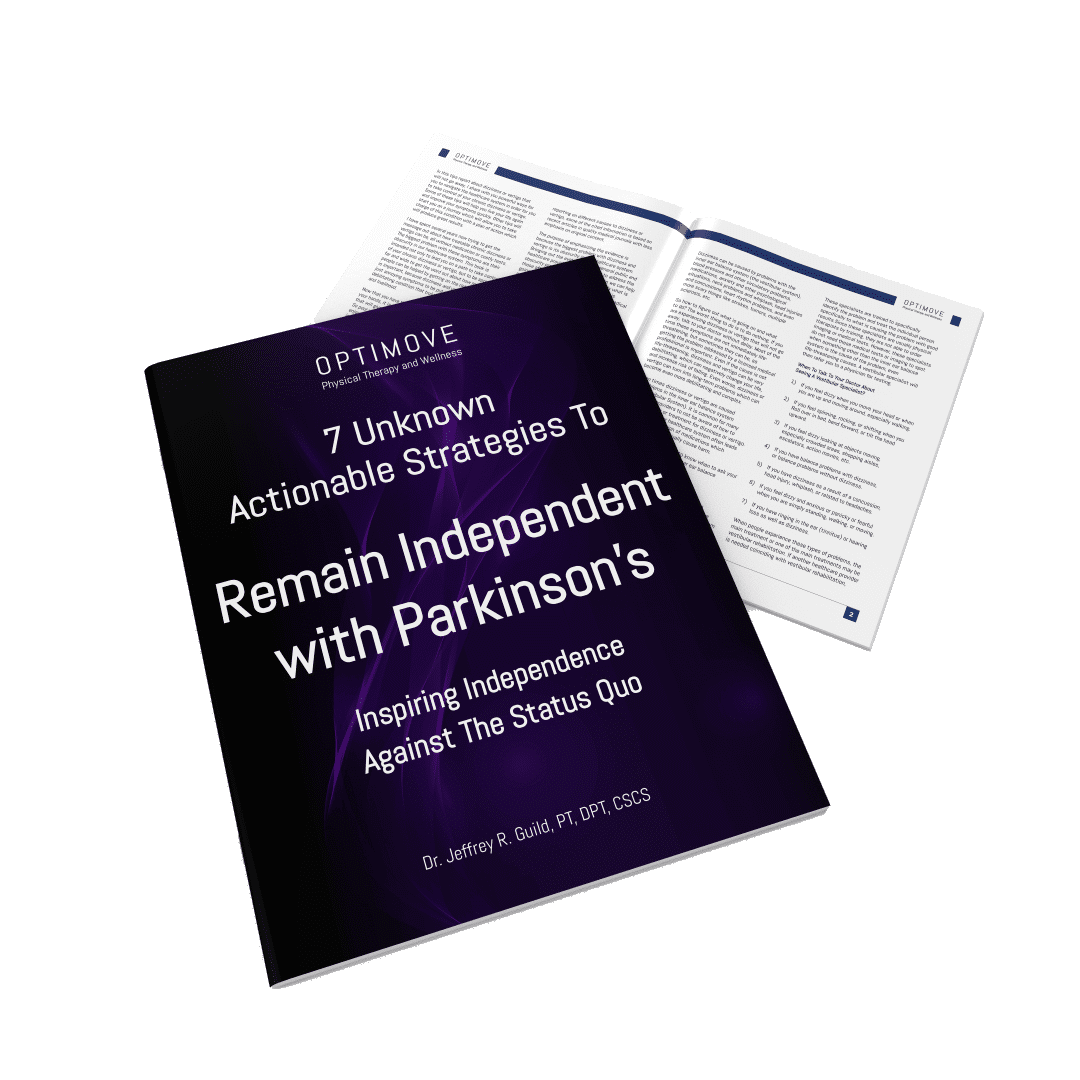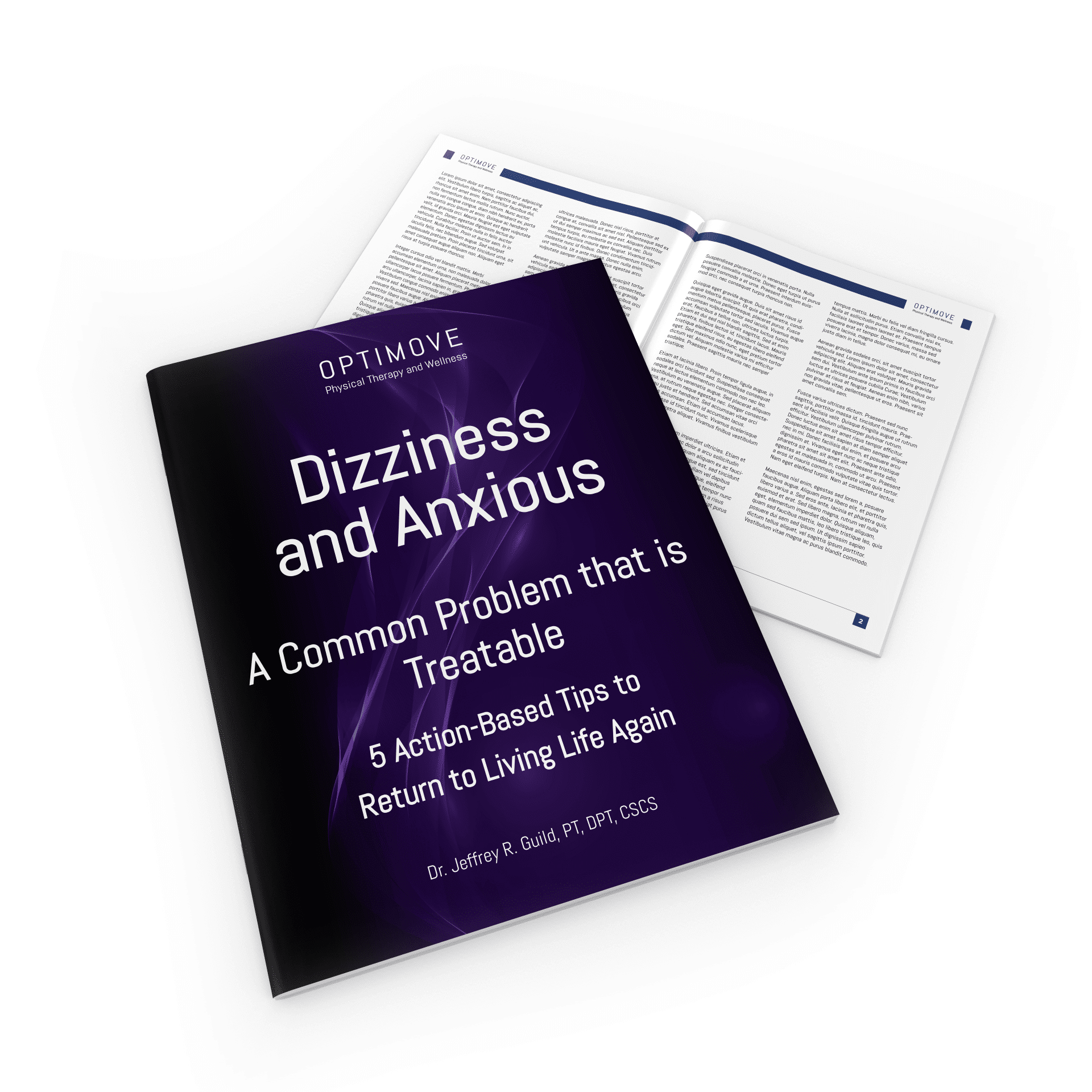The following series of events describe the second most common inner ear balance problem(1)…
Imagine you wake up one day with a sudden attack of dizziness, nausea, or vertigo, and end up in the emergency room. The doctors confirm you did not have a stroke or tumor and they send you home with nausea medication.
For the next 6 months(2) you feel dizzy, panicky, and anxious(3-5) every time you walk. During those 6 months you see 8 different specialists with several brain scans,(1)(6) and tons of other medical tests, all of which tell you everything is normal(3)(7) and there is nothing wrong with you. You can barely walk,(2)(4) and basic things like going to the store or walking in a crowd(2)(8)(9) is out of the question.
Your friends and family are beginning to think you are crazy, and even you are beginning to think you are crazy.
With this disorder there is no “lesion” in the brain to be seen on imaging, nor is there any medical test for it.(3)(7) On top of that, the patients themselves often experience anxiety or panic with their dizziness,(3-5) so they are often labeled as “crazy” or “malingering” (fancy medical word for faking it).
The people suffering from this disorder know there is something wrong, and their new debility,(2)(8)(9) shortness of breath, and heart racing(9) sends them seeing specialists such as cardiologists and pulmonologists.
Relatively young(2-4)(7)(9) healthy individuals can end up avoiding leaving the house, shopping in stores, and crowded areas.(2)(8)(9) They often walk very oddly, as if walking on ice(6)(9) and actually walk better if they are distracted,(9)(1) all of which feed into the idea that they are crazy or faking it. But the people suffering from this condition are far from faking anything that they are experiencing, and they are not crazy.
To Read Part 2 Click Here
For More Powerful Information About Solutions For Dizziness With Anxiety, Click Here To Download Our Free Tips Report
Health Advice Disclaimer
We make every effort to ensure that we accurately represent the injury advice and prognosis displayed throughout this blog. However, examples of conditions and their prognosis are based on typical representations of those conditions that we commonly see in physical therapy. The information given is not intended as representations of every individual’s potential condition. As with any injury, each person’s symptoms can vary widely and each person’s recovery can also vary depending upon background, genetics, previous medical history, psychological status and history, motivation to follow physical therapy advice and various other factors.
It is impossible to give a 100% complete accurate diagnosis and prognosis
without a thorough physical examination and likewise the advice given cannot be deemed fully accurate in the absence of this examination from a vestibular specialist.
Significant injury risk is possible if you do not follow due diligence and seek suitable professional advice about your injury. No guarantees of specific results are expressly made or implied in this blog.
References
- Obermann M, Bock E, Sabev N et al. Long-term outcome of vertigo and dizziness associated disorders following treatment in specialized tertiary care: the Dizziness and Vertigo Registry (DiVeR) Study. J Neurol. 2015;262(9):2083–2091.
- Huppert D, Strupp M, Rettinger N, Hecht J, Brandt T. Phobic postural vertigo. A long-term follow-up (5 to 15 years) of 106 patients. J Neurol. 2005;252:564-569.
- Wurthmann S, Naegel S, Steinberg BS, Theysohn N, Diener HC, Kleinschnitz C, et al. Cerebral gray matter changes in persistent postural perceptual dizziness. Journal of Psychosomatic Research. 2017;103:95-101.
- Yan Z, Cui L, Yu T, Liang H, Wang Y, Chen C. Analysis of the characteristics of persistent postural-perceptual dizziness: A clinical-based study in China. International Journal of Audiology. 2017;56(1),33-37.
- Popkirov S, Staab JP, Stone J. Persistent postural-perceptual dizziness (PPPD): a common, characteristic and treatable cause of chronic dizziness. Pract Neurol. 2017;0:1-9.
- Bittar RS, Sohsten Lins EM. Clinical characteristics of patients with persistent postural-perceptual dizziness. Braz J Otorhinolaryngol. 2015;81:276-82.
- Wuehr M, Pradhan C, Novozhilov S, Krafczyk S, Brandt T, Jahn K, Schniepp R. Inadequate interaction between open-and closed-loop postural control in phobic postural vertigo. J Neurol. 2013;260:1314-1323.
- Schniepp R, Wuehr M, Huth S, Pradhan C, Brandt T, Jahn K. Gait characteristic of patients with phobic postural vertigo: effects of fear of falling, attention, and visual input. J Neurol. 2014;261:738-746
- Wuehr M, Brandt T, Schniepp R. Distracting attention in phobic postural vertigo normalizes leg muscle activity and balance. Neurology. 2017;88:284-288.






